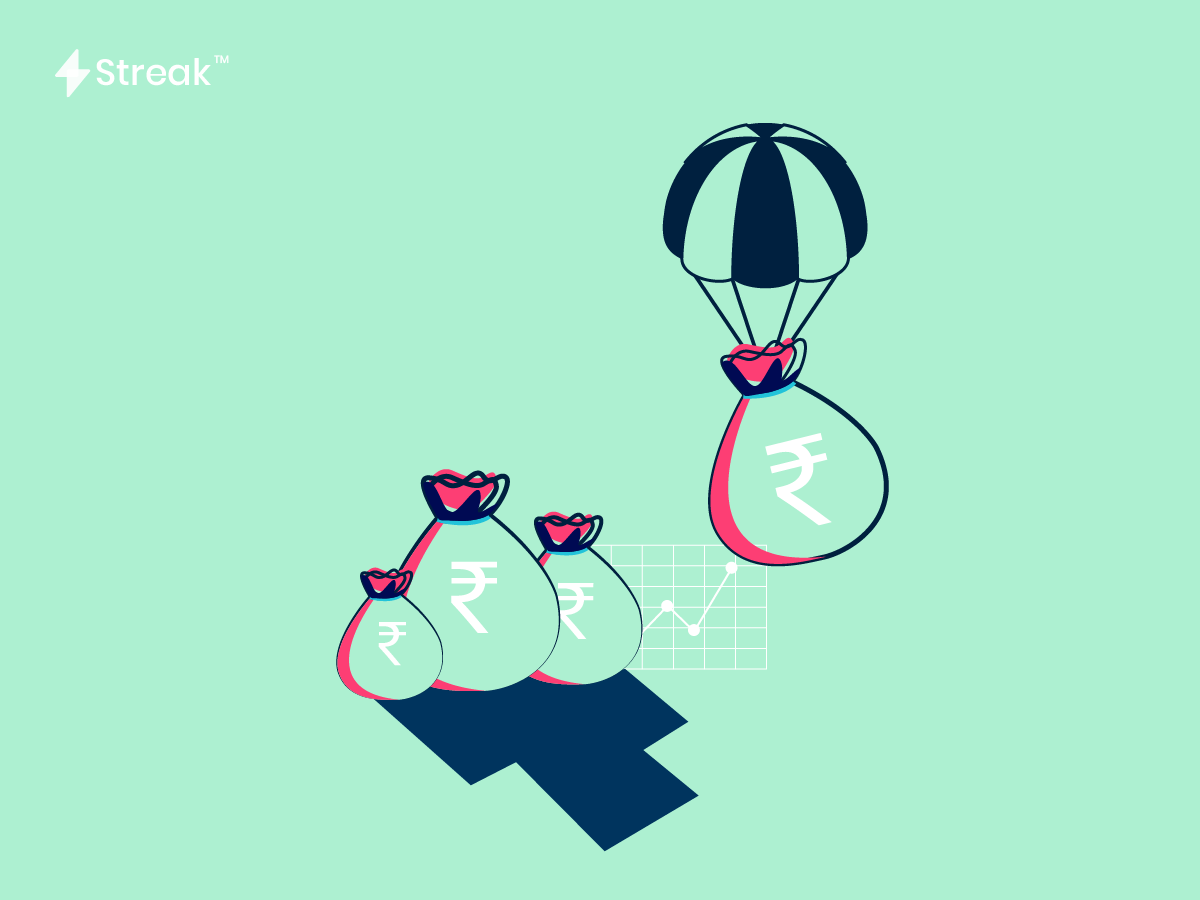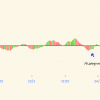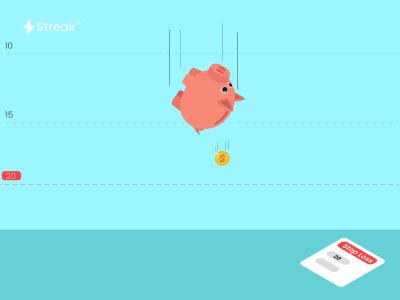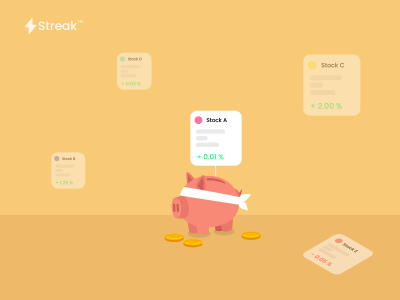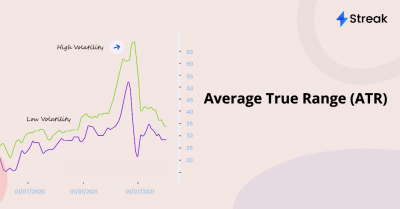Do you know how to apply risk management so that your losses feel more like ‘an ant bite which you can endure’ rather than ‘banging your head on the wall?’
It is important to know how to implement low-risk and high rewarding trades. Are you ready? Then let’s begin!
What is risk management? It is the ability to contain your losses so you don’t lose your entire capital. It’s a technique that applies to anything involving probabilities like Poker, Blackjack, Business, trading, etc.
Now, position sizing is one of the most important aspects of risk management. It allows you to choose an appropriate amount of stocks to trade based on the risk or amount allocated for each trade. Trading haphazardly with any number of stocks may blow up your account. You don’t realize that that you’re either risking it much more or much less than what you should be. This will lead you to either blow up your account or come out with really low profits respectively.
The Number of stocks depends on the percentage of your total account value that you are willing to risk on a particular trades.
Here’s the thing: ff you have a $10,000 trading account, would you risk $5000 on each trade? Of course not!
The reason being – it only takes 2 losses in a row and you’ll lose everything. And even a profitable trading strategy won’t save you. Don’t believe it? Then let’s look at an example. Imagine, there are two traders, Mohan and Sohan.
Mohan is an aggressive trader. He believes in ‘go big or go home and he risks 20% of his account on each trade. On the other hand, Sohan is a conservative trader and she risks 1% of her account on each trade.
They both adopt a trading strategy that wins 50% of the time with an average of 1:2 risk to reward. Let’s assume that over the next 10 trades, the outcomes are 4 winners and 6 losers, a 40% win rate:
Lose, Lose, Lose, Lose, Lose, Win, Win, Lose, Win, Win
If you notice carefully, even though there are 4 winners and 6 losers, it does not mean that the system has a 40% win rate because the results are random in the short term. It’s only in the next 100 to 1,000 trades we get to see the 50% win rate.
Here’s the outcome for Mohan: -20% , -20% , -20% , -20% = -100% = BLOW UP
Here’s the outcome for Sohan: -1% , -1% , -1% , -1% , +2% , +2% , -1% , +2% , +2% = +2%
These two traders trade the same system with a 50% win rate and a 1:2 risk to reward ratio.
You can see That Sally had a positive outcome of 2% with a 1:2 risk to reward ratio. Can you see the difference over here? Risk management is what will help you survive your losing streak. It will make you stand strong right even though the market conditions are unfavorable to you.
How to position size your trades for stocks
Let’s look at the spreadsheet below.
So suppose you want to risk 1% of your capital on a single trade. You start filling up the columns as follows:
Column A – your trading capital which is INR 1 lakh hypothetically
Column B – risk per trade which is 1%
Column C – buy price of the stock which is INR 100
Column D – the stop-loss price which is INR 1000
Column E is automatically calculated based on your capital (A) and risk% (B) columns.
Column F – Now, if you take your Risk (E) and divide it by your stop loss level (D) INR 80 and then subtract your buy price (C) INR 100, you get 50 shares.
What this entire calculator means is that
- if you enter a trade and set your entry price INR 100
- and set your stop-loss price at INR 80
- then you would need to buy 50 shares
- so that if the trade hits your stop loss
- you won’t lose more than INR 1,000 on the trade
- which is 1% of your trading capital
Phew!
You need to note one thing. The number of shares you buy is never fixed. This depends on your stop-loss. The tighter or the closer you stop-loss to the buy price, the larger number of shares you can buy and vice versa.
Also, if you increase your risk like Mohan, which is 50%, you can buy even more shares. But your risk of losing 50% of your account is also at stake.
Now you may be curious that should you always risk 1% of your capital. Maybe, in the beginning, when the capital is less might afford to risk 2-5% or even more. But as your account will grow over time, you should manage your risks better.
Position Sizing with Streak
First, let us learn the 3 different ways in which Stop-loss and Target Profit (usually abbreviated as TPSL)can be defined on the Streak Platform.
- Percentage type TPSL
This type of TPSL is defined as a percentage of the entry price which is also the same as the percentage of capital deployed on the particular trade.
Problem Statement: I want to exit if the stock moves up by 4%.
Eg. Entry Price = 1000.00 Stoploss = 2%
Stop-loss Price = 980.00
- Points type TPSL
This TPSL method is similar to the Percentage type but instead of the percentage move of the stock price, the point movement in price will be considered.
Problem Statement: I want to exit if the stock moves up by 10 rupees from the entry price
Eg. Entry Price = 1000.00 Stop-loss = 50
Stop-loss Price = 950
- Absolute type TPSL
With this TPSL method, you can feed SL and Target in terms of Rupees.
Problem Statement: I want to exit if I make a profit of 2000 rupees
Eg. If stop-loss is provided as 1000, Stop-loss will hit if overall 1000 rupees have been lost in the trade.
Method 1: Capital Based Position Sizing
As the name suggests, you determine the number of stocks based on your Capital.
Step 1: Select the type of Positon Sizing to ‘Capital Based’
Step 2: Enter the amount of capital to be allocated for each trade
Number of shares = Max Allocation/Stock Price
Refer to the image below for Capital based Position Sizing implementation.
Method 2 : Risk-Based Position Sizing
- With Points type TPSL
Problem Statement: I can afford to lose only 1500 rupees total on one trade and only 10 rupees for each quantity. How Many Quantities should I select?
Quantity = Max SL per trade/Per Qty. Stop-loss
Quantity = 1500/10
Quantity = 150
- With Percentage type TPSL
Problem Statement: I can afford to lose only 1500 rupees total on one trade and only 2% of stock value for each quantity. How Many Quantities should I select?
Note: Assume Stock Price = INR 200
Quantity = Max SL per trade/(Stop-loss% x Stock Price)
Quantity = 1500/(0.02 x 200) = 1500/4
Quantity = 375
Refer to the image below for Risk-Based Position Sizing implementation.
Trading With Position Sizing
Total Risk per trade is similar for both the stocks in with Risk-based Position Sizing.
Trading Without Position Sizing
Total Risk per trade varies a lot for both the stocks without Position Sizing
Final Thoughts
To summarize, let’s look at the benefits of position sizing. Firstly, it enables you to avoid taking too much risk or too little risk. Taking too much risk can blow up a trading account quickly. Taking too little risk may not allow you to get a decent amount of profit from your profitable trades. Secondly, putting your entire money in just one trade will prevent you to participate in better or trending stocks and you may lose lots of opportunities. And finally, it allows you to preserve your capital and stay longer in the markets.
Happy Trading 😊






